How to get Redash on AZURE
This section describes how to launch and connect to Redash - Make sense of your data to take informed decisions in Azure.
- Open Redash - Make sense of your data to take informed decisions VM listing on Azure Marketplace

- Click on Get It Now
- Select a Resource group for your virtual machine
- Select a Region where you want to launch the VM(such as East US)
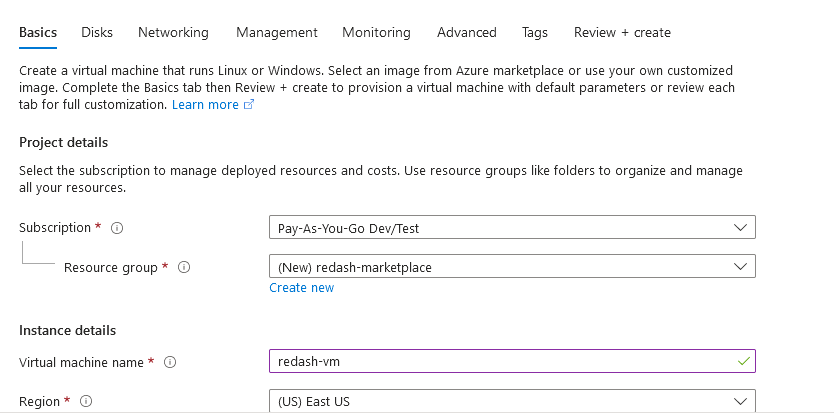
- Note: If you see “This image is not compatible with selected security type. To keep trusted launch virtual machines, select a compatible image. Otherwise change your security type back to Standard” error message below the Image name as shown in the screenshot below then please change the Security type to Standard.
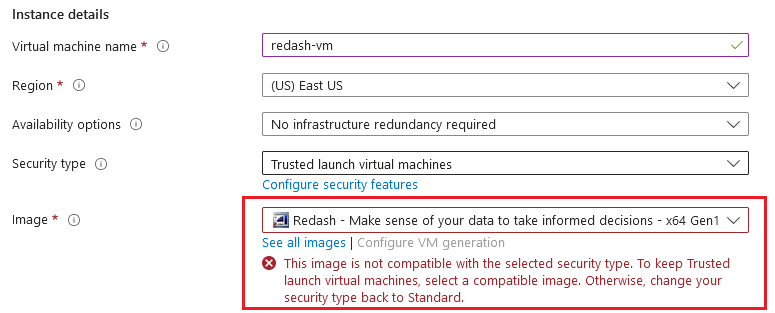
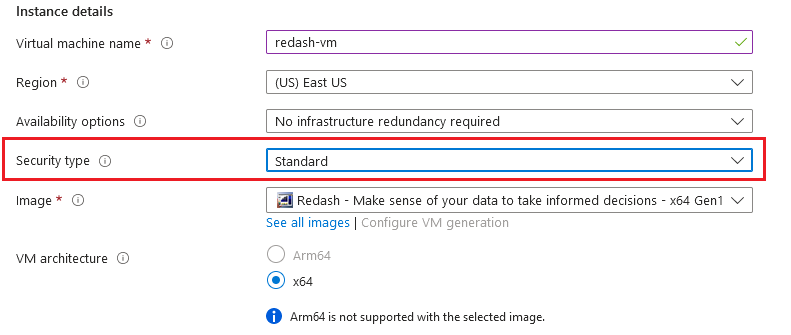
- Optionally change the number of cores and amount of memory.
Select the Authentication type as Password and enter Username as ubuntu and Password of your choice.
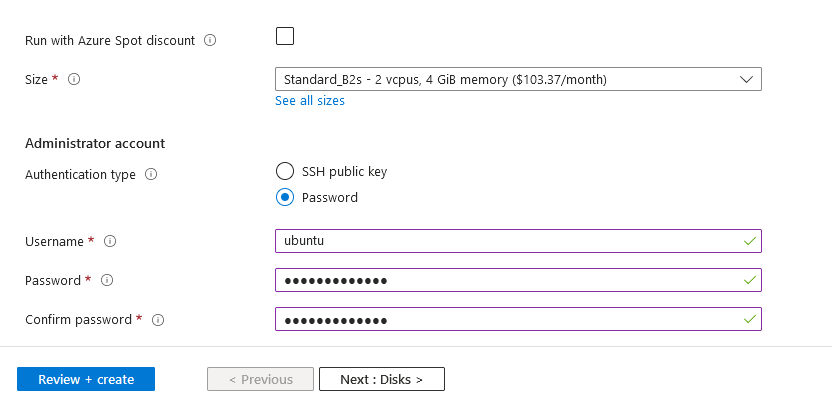
- Optionally change the OS disk type.

- Optionally change the network and subnetwork names.Be sure that whichever network you specify has ports 22 (for ssh), 3389 (for RDP) and 80 (for HTTP) exposed.

-
This VM comes with the preconfigured NSG rules.
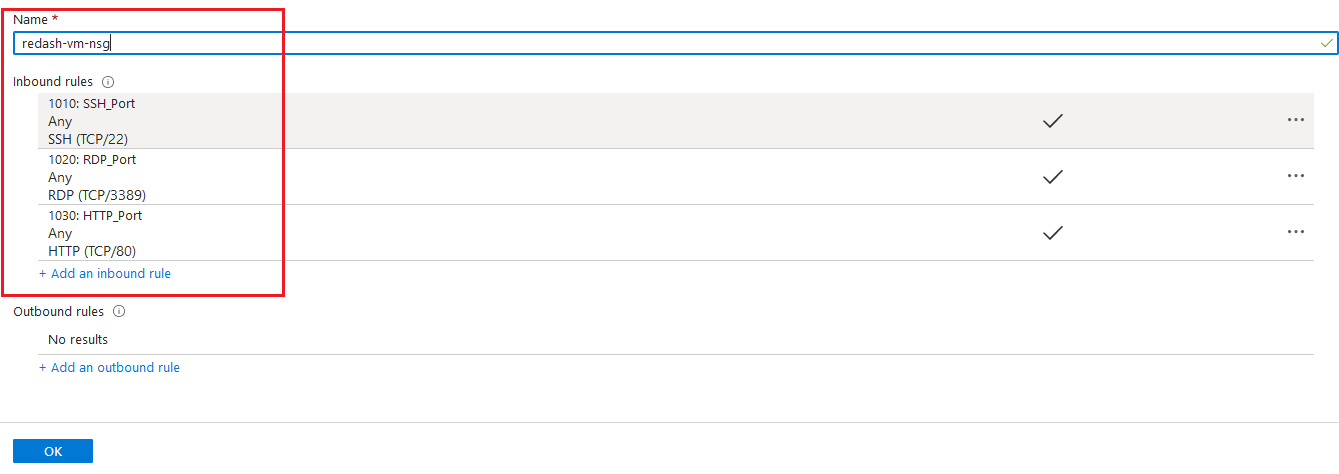
-
Optionally go to the Management, Advanced and Tags tabs for any advance settings you want for the VM.
-
Click on Review + create and then click on Create when you are done.
Virtual Machine will begin deploying.
- A summary page displays when the virtual machine is successfully created. Click on Go to resource link to go to the resource page. It will open an overview page of virtual machine.

- In the left navigation pane, select Run command, select RunShellScript and enter following command to change the password of the vm .
sudo echo ubuntu:yourpassword | chpasswd
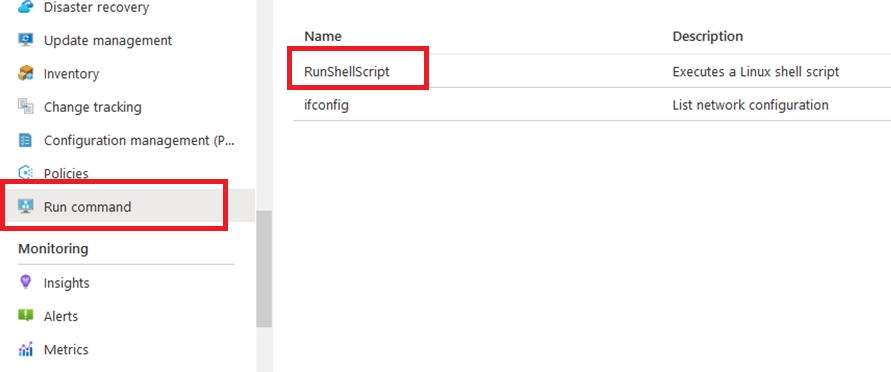
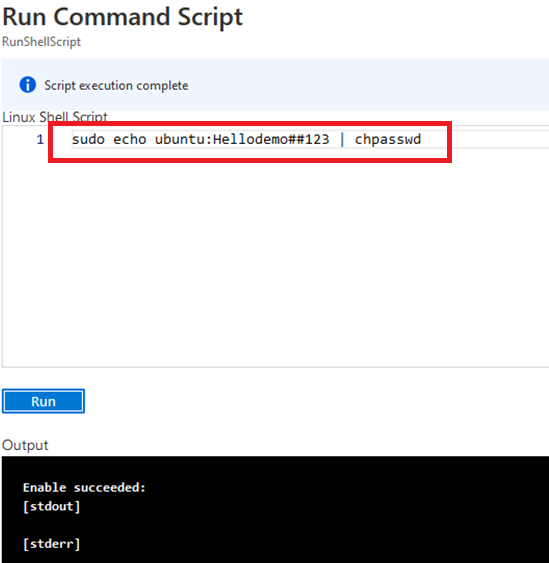
-
Now the password for ubuntu user is set, you can connect to the VM’s desktop environment from any local windows machine using RDP protocol or local linux machine using Remmina.
-
To connect using RDP via Windows Machine, first note the public IP address of the VM from VM details page as highlighted below
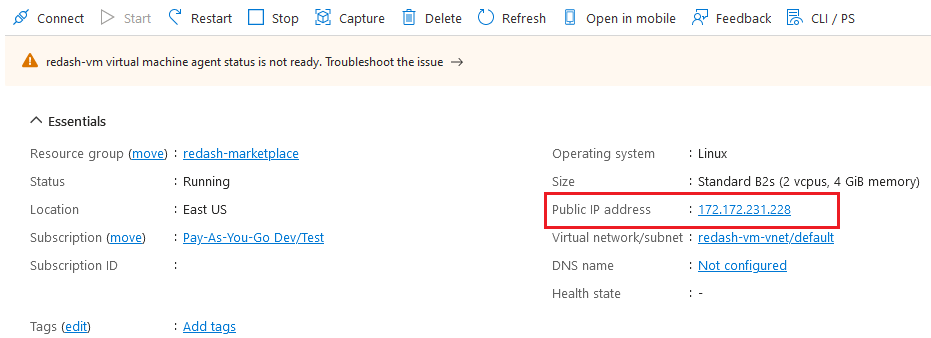
- Then From you local windows machine, goto “start” menu, in the search box type and select “Remote desktop connection”.
In the “Remote Desktop connection” wizard, copy the public IP address and click connect

- This will connect you to the VM’s desktop environment. Provide the username (e.g “ubuntu”) and the password set in the step4 to authenticate. Click OK
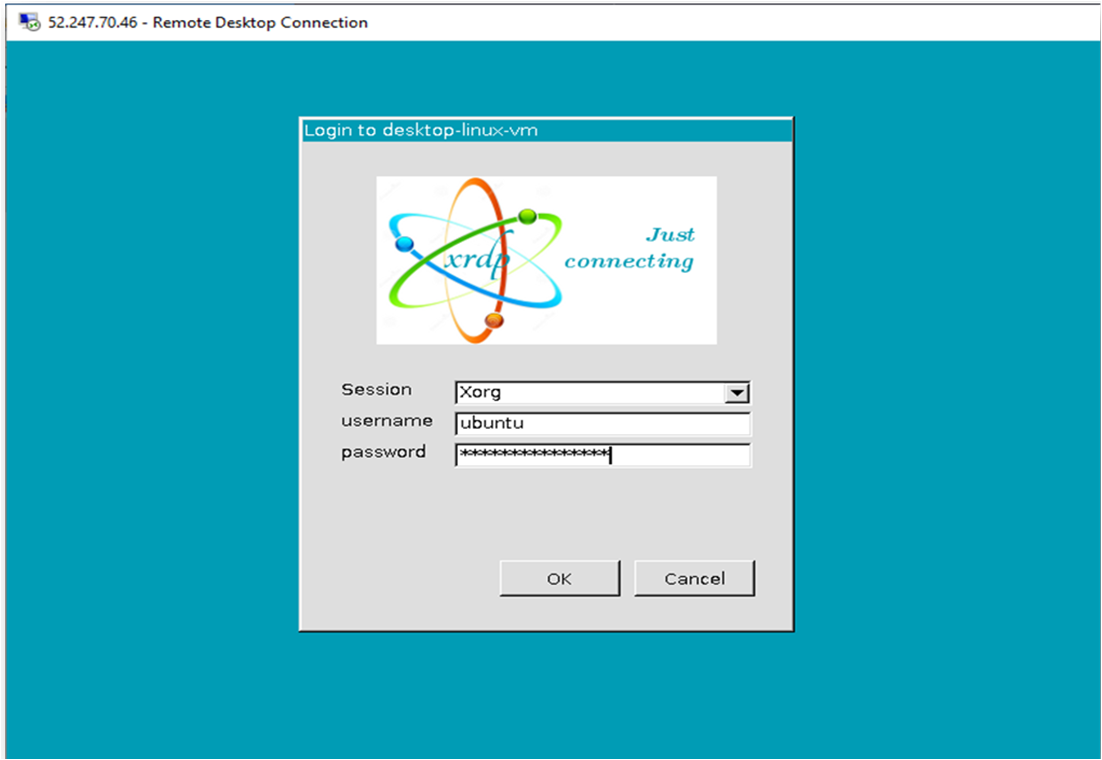
- Now you are connected to the out of box Redash environment via Windows Machine.
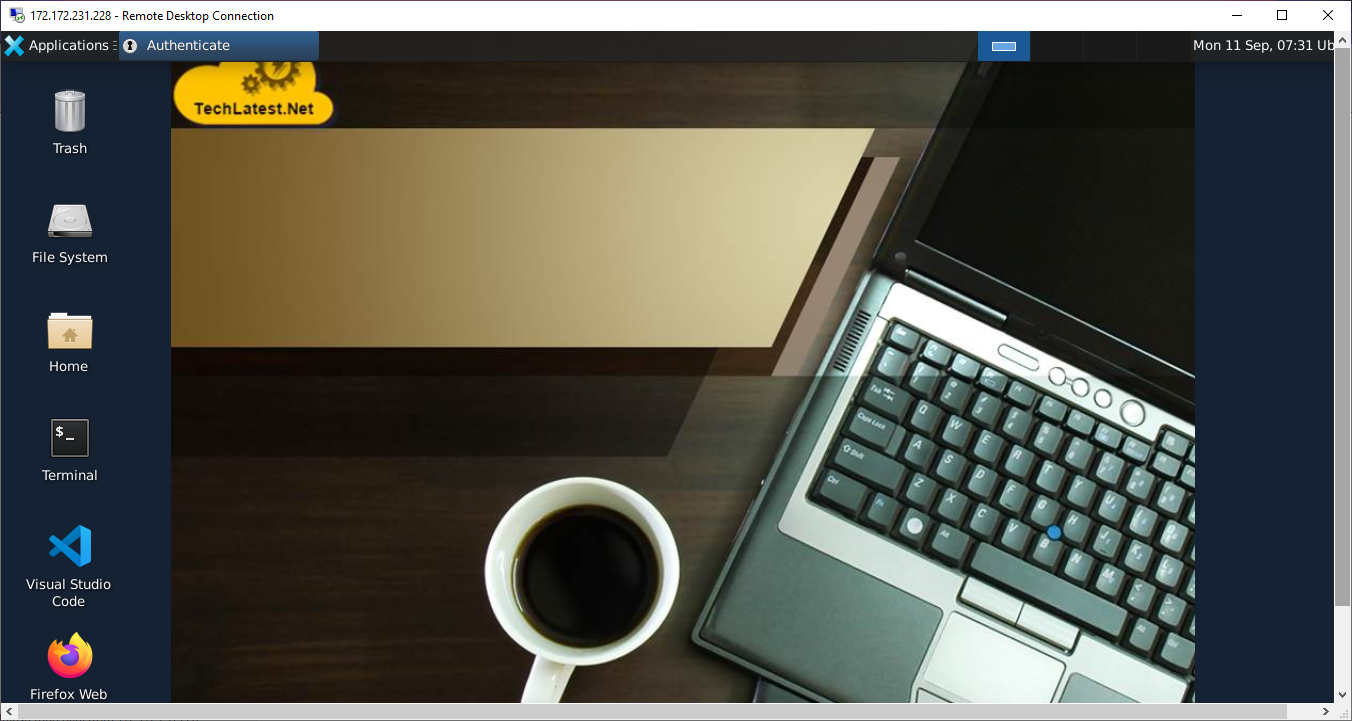
- To connect using RDP via Linux machine, first note the external IP of the VM from VM details page,then from your local Linux machine, goto menu, in the search box type and select “Remmina”.
Note: If you don’t have Remmina installed on your Linux machine, firstInstall Remmina as per your linux distribution.
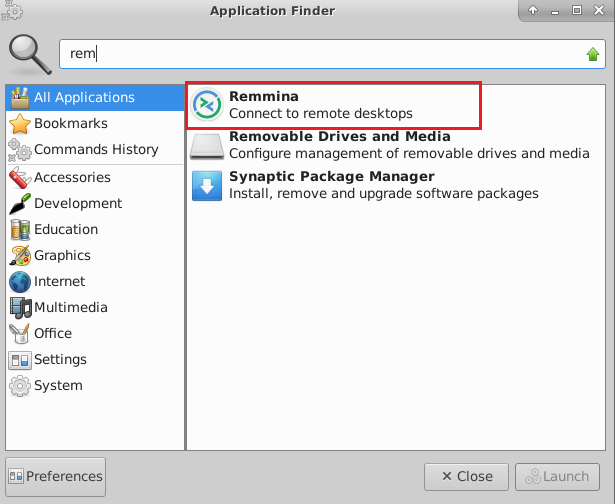
- In the “Remmina Remote Desktop Client” wizard, select the RDP option from dropdown and paste the external ip and click enter.
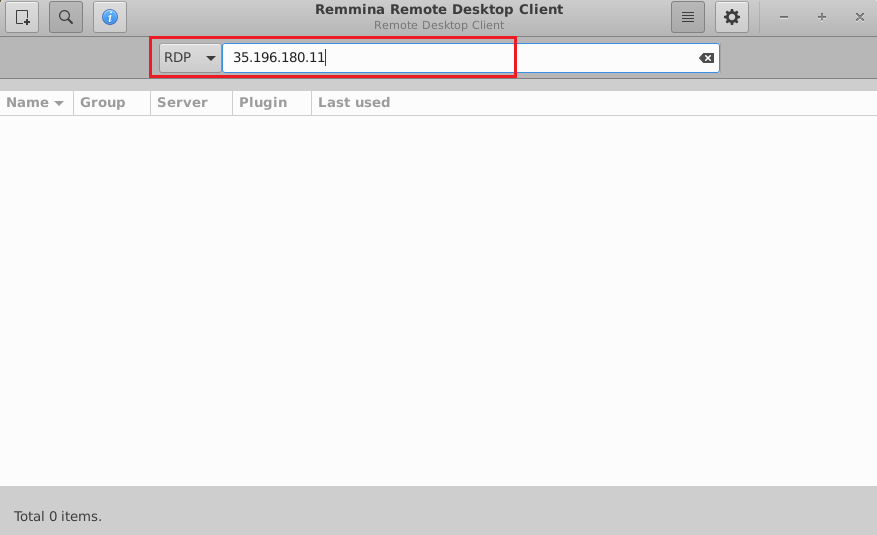 12. This will connect you to the VM’s desktop environment. Provide “ubuntu” as the userid and the password set in above reset password step to authenticate. Click OK
12. This will connect you to the VM’s desktop environment. Provide “ubuntu” as the userid and the password set in above reset password step to authenticate. Click OK
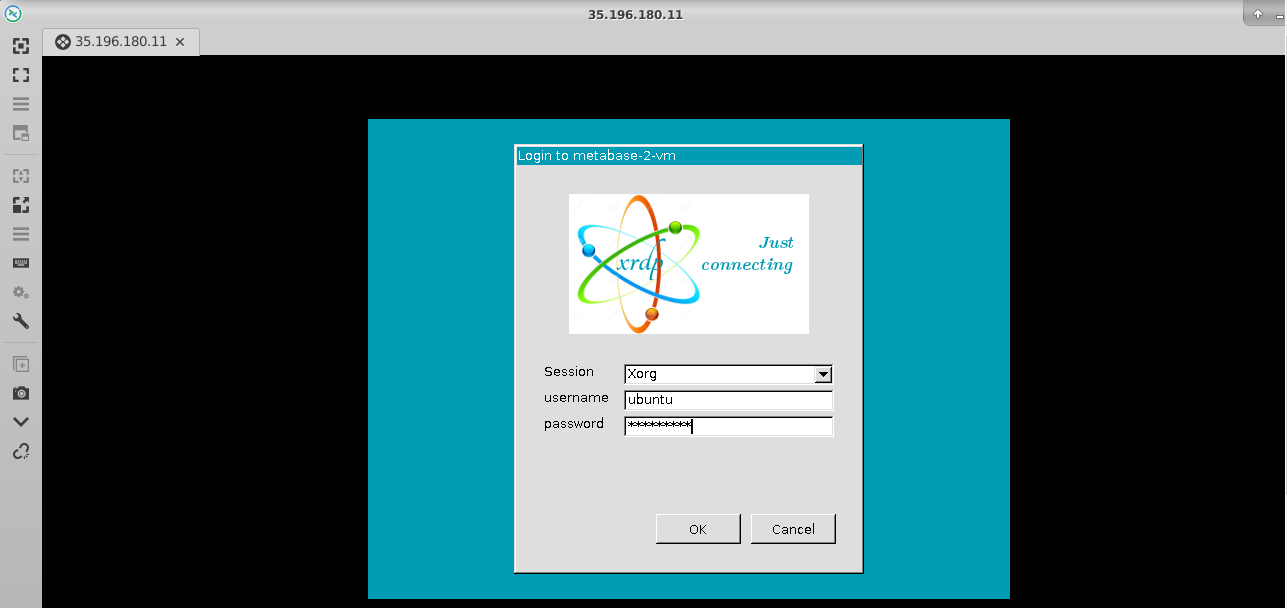
- Now you are connected to out of box Redash environment via Linux machine.

- To SSH to the VM, Open putty and paste the IP address and click on Open.
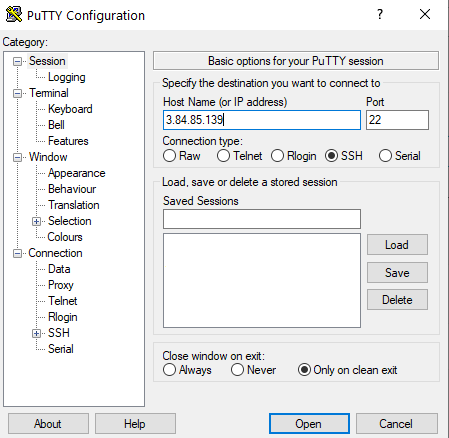
- login as ubuntu and provide the password for ‘ubuntu’ user.

- Once your vm is up and running, you can access Redash setup page by going to http://VM_Public_IP. Provide the basic information on this initial setup page and click on setup button at the bottom.
Note: Please use http and not https in the URL when accessing Redash Web UI, e.g. http ://35.223.255.180
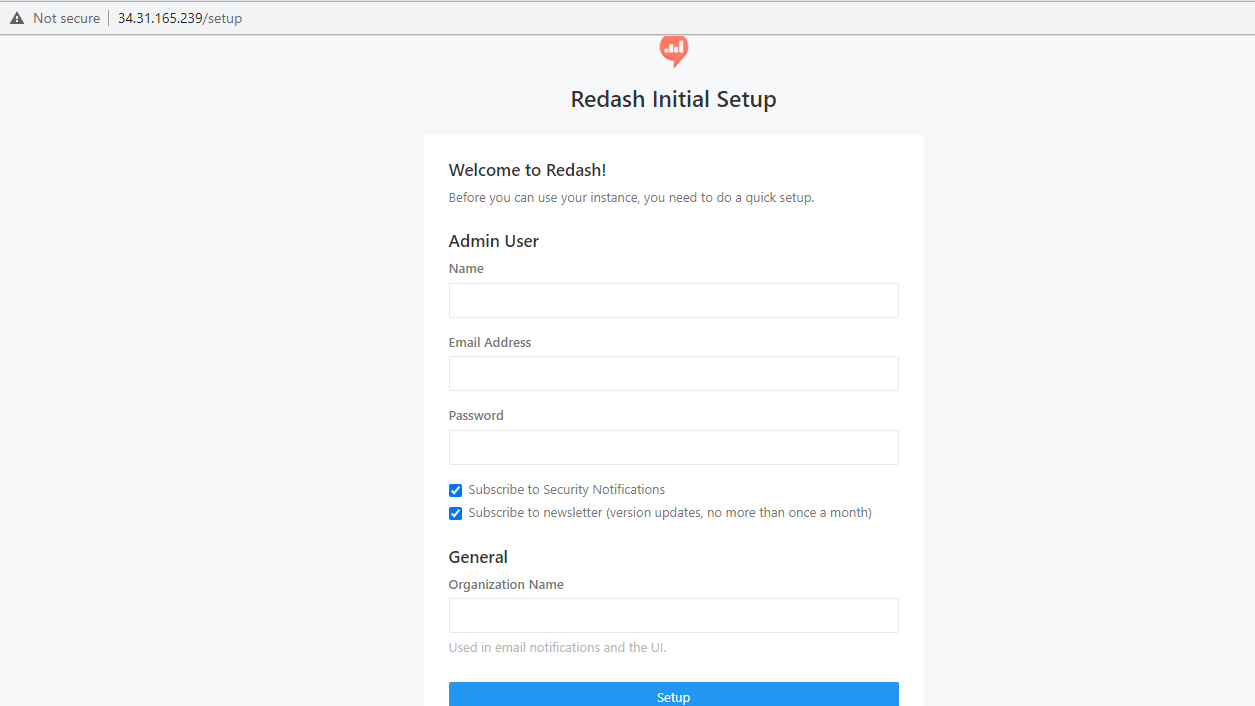
- It will take you to the Redash Home page.
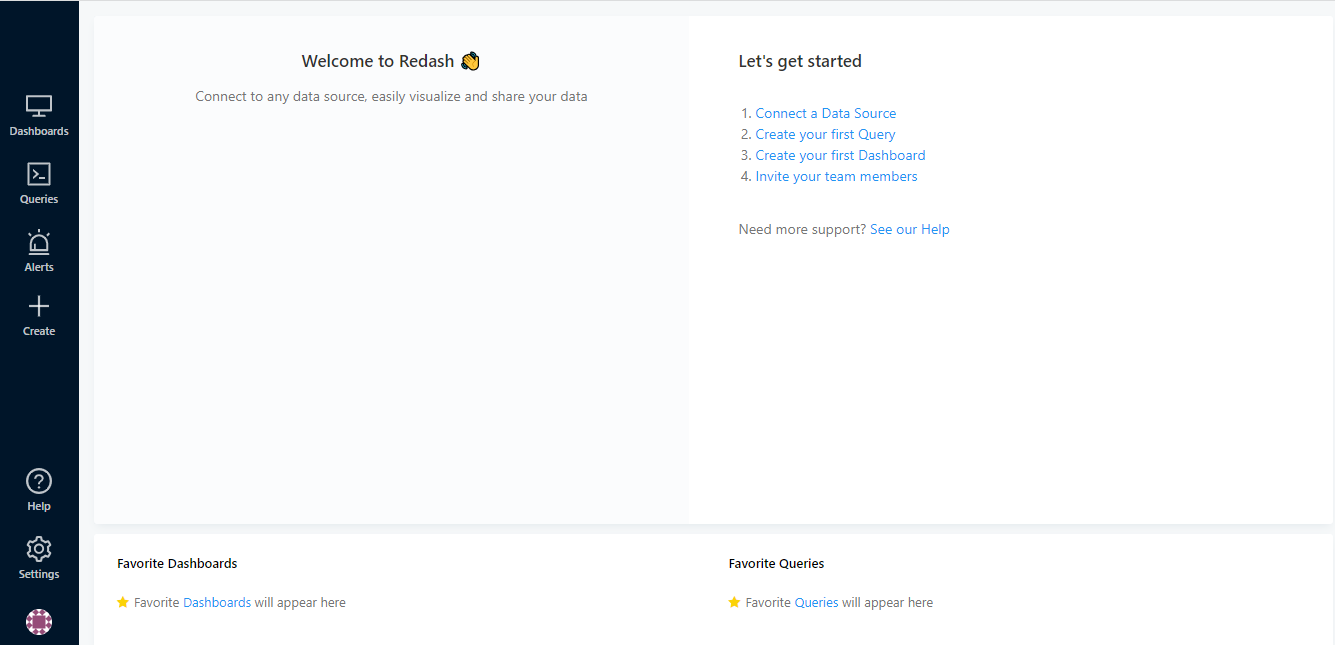
- You can add more users by going to Settings and selecting Users tab.
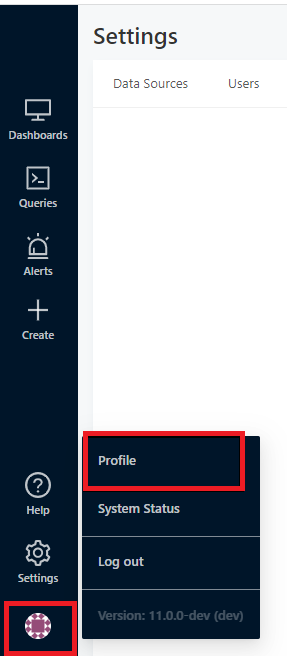

- If for some reason, your Redash Web UI is not coming or showing below proxy error message. Then follow these steps.
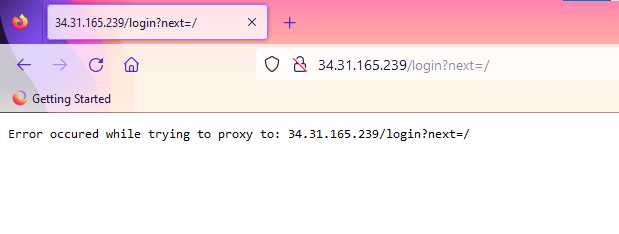
- Connect to VM via SSH and check the container running status by running:

- If the container are in running status then stop them by running
sudo docker stop redash_postgres_1 redash_redis_1 redash_server_1 redash_worker_1 redash_scheduler_1 redash_email_1

- Now again check the status with docker ps -a command as shown above and it should show container status as Exited

- Now start the containers using -
sudo docker start redash_postgres_1 redash_redis_1 redash_server_1 redash_worker_1 redash_scheduler_1 redash_email_1

- Once containers are up and running you can access the Redash Web UI using http://public-ip
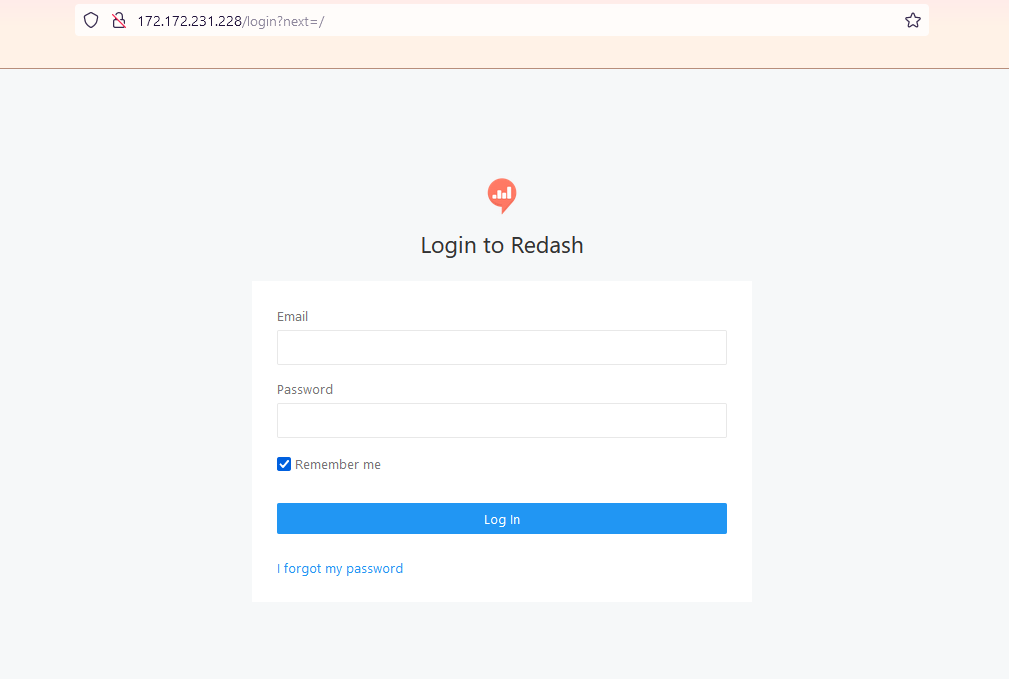
















 12. This will connect you to the VM’s desktop environment. Provide “ubuntu” as the userid and the password set in above reset password step to authenticate. Click OK
12. This will connect you to the VM’s desktop environment. Provide “ubuntu” as the userid and the password set in above reset password step to authenticate. Click OK












